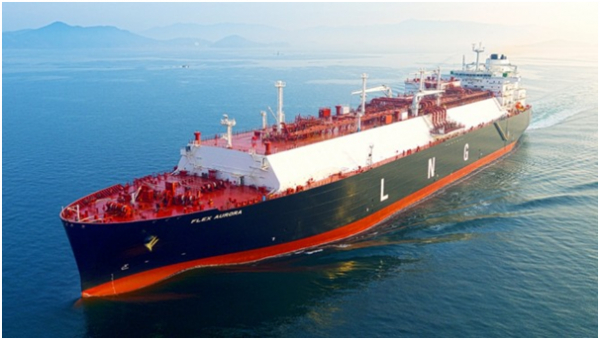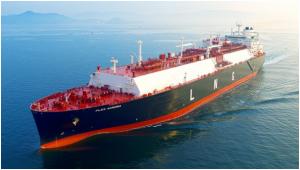
Natural gas-related uncertainties are mounting with Russia increasingly weaponizing its energy resources and Australia, the largest gas supplier for South Korea, considering restricting its export.
The Japan-Korea Marker futures, a Northeast Asian LNG price indicator, reached US$53.95 per million BTU on Aug. 31, up 196.1 percent from a year ago. The figure stood at US$18 or so in August last year but topped US$30 in December and jumped to US$51.76 in the first week of March after the outbreak of the war in Ukraine.
Then, it dropped to US$20 and began to rise again in late June. It reached US$69.955 on Aug. 25, when European sanctions led to a drastic cut in gas supply from Russia to Europe and a steep rise in natural gas price. Now, European states are competing for gas for the upcoming winter by diversifying their sources and this is affecting the gas prices in Asia.
Gazprom’s gas supply to Europe has been zero since Aug. 31 and Australia is considering limiting its LNG export for shortage prevention. According to industry data, South Korea’s LNG import from Australia was US$6.068 billion in the first half of this year, when its LNG imports from Qatar, the United States, Oman and Malaysia were US$3.631 billion, US$2.5 billion, US$2.315 billion and US$2.242 billion, respectively.


